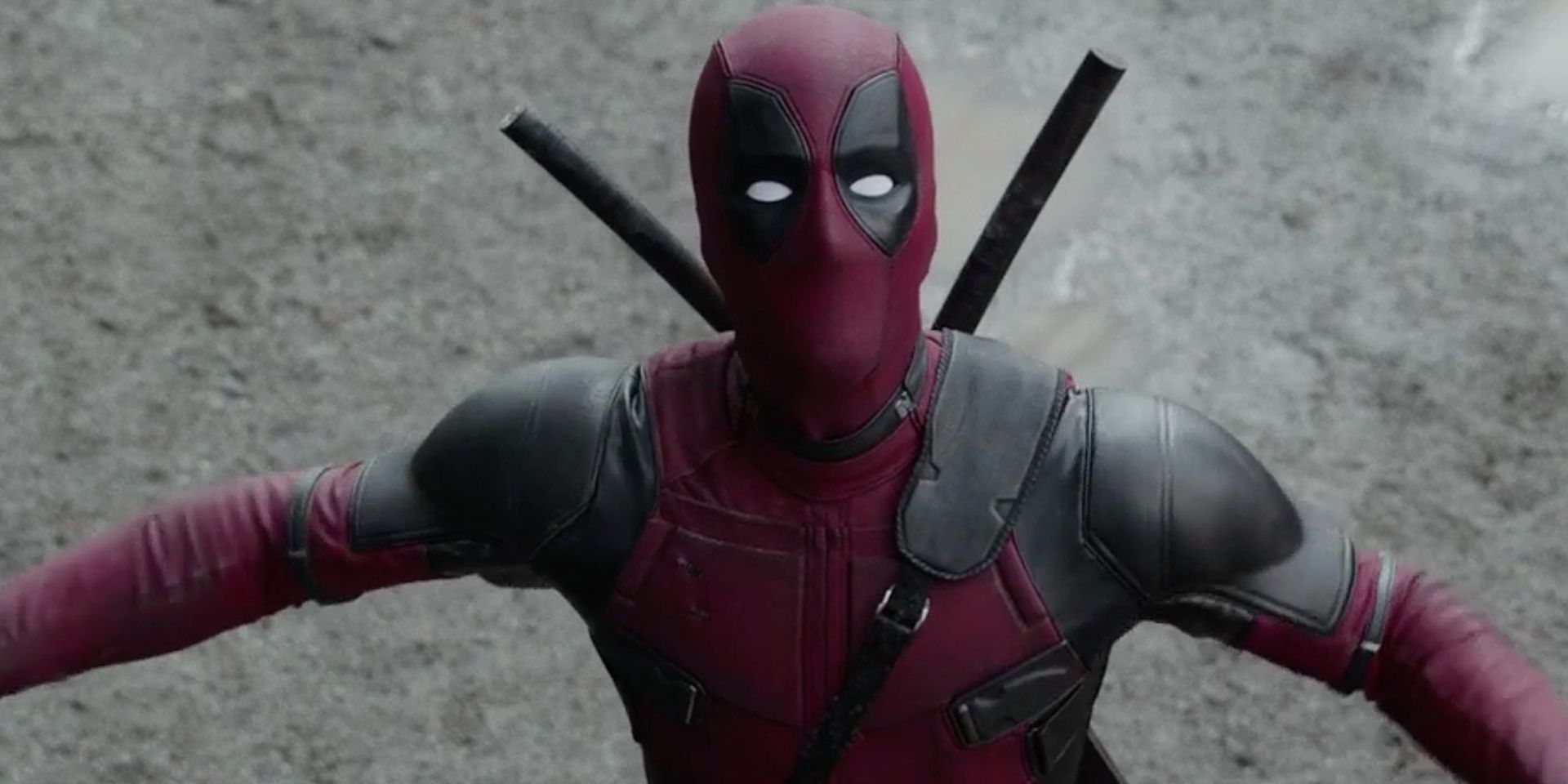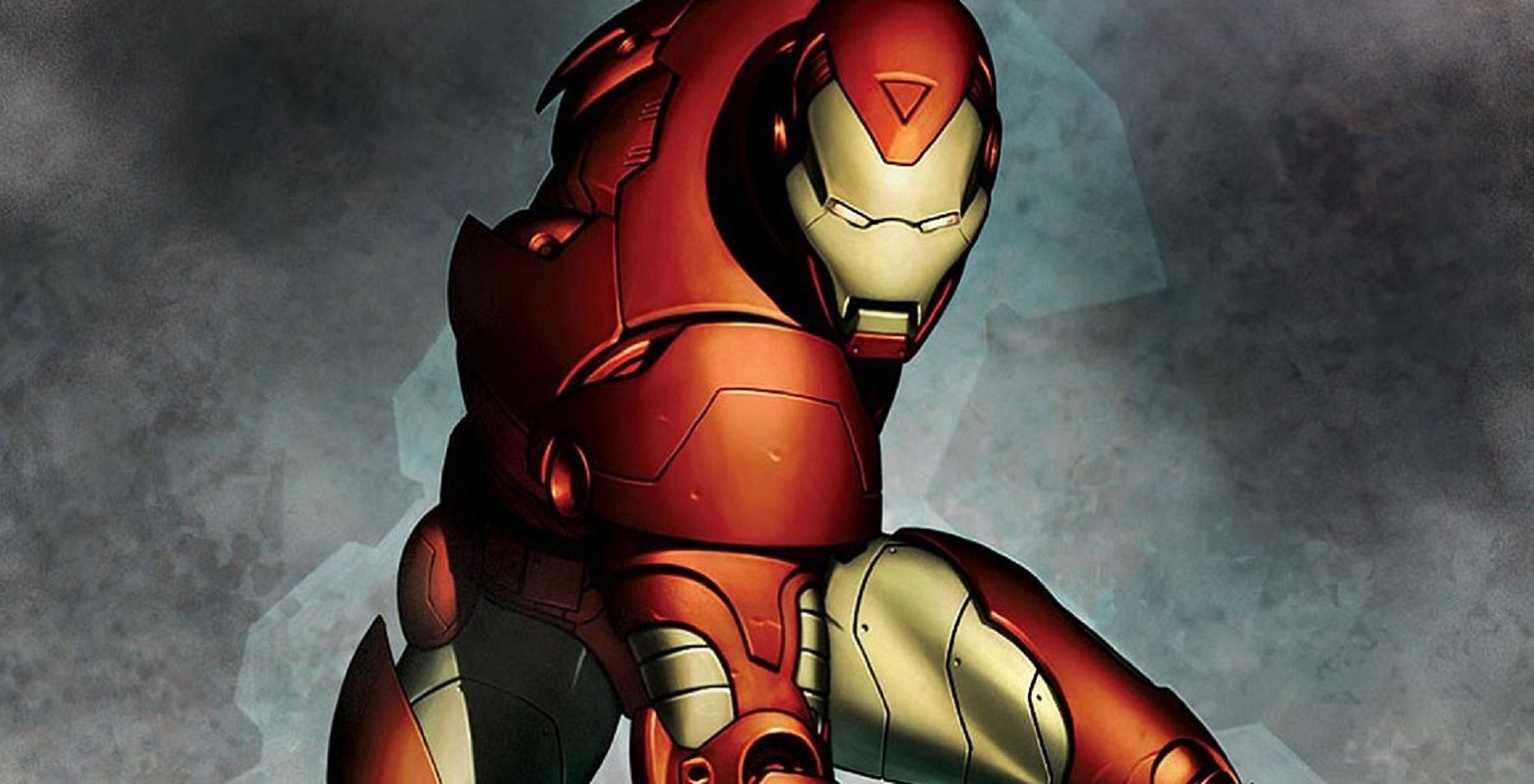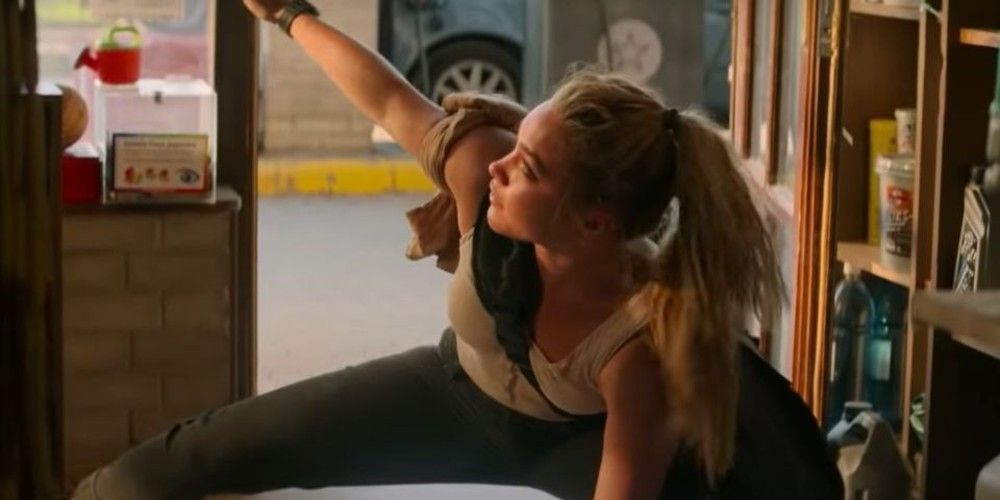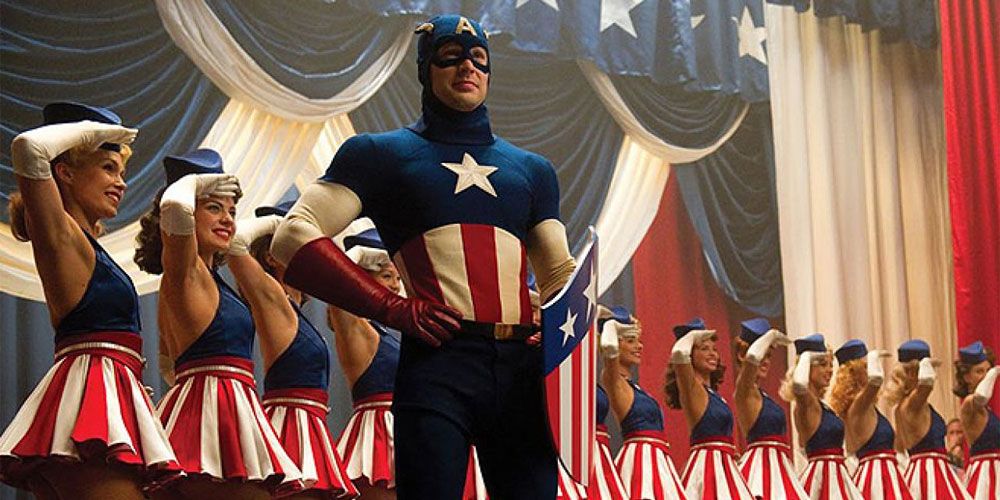
Superhero poses have always been a part of the genre, and with four-color storytelling now being a pop-culture juggernaut, self-awareness has crept into the previous unironic realm of how caped seekers of justice convey power and respect. Poses sprung from the comic books as a way of conveying action and drama in a motionless medium, and the concept never left. In particular, the three-point landing, or "superhero landing," has become such a staple of superhero movies that more self-conscious entries have actively mocked it. In the typically self-deprecating manner of the Marvel Cinematic Universe, last summer’s Black Widow may have finally done it in for good.
In its place, a new contender for Cool Superhero Pose has emerged. A very tongue-in-cheek Tumblr post has noted the preponderance of a more casual pose among recent live-action superheroes. It’s a manner of “soft power pose,” with one hand on the hip and the other hanging casually to the side. And with the superhero landing now well past its expiration date, it may become the new way for superheroes to strut their stuff.

The three-point landing replaced the more traditional power pose of straight hands on hips, which had been a staple of the medium since the beginning and which quickly moved beyond the printed page. George Reeves adopted the pose for the opening credits of The Adventures of Superman – notably absent in his Clark Kent identity – while psychologist Amy Cuddy made a splash with her 2012 TED talk touting the emotional benefits of the pose. She specifically cited Lynda Carter’s version of Wonder Woman in her presentation.
The pose was iconic, but it was also very old, which ultimately led to its dismissal as corny and old-fashioned. The three-point landing rapidly replaced it as comic-book movies began to flourish. It began in martial arts films and Japanese tokusatsu series, for much the same reasons as the traditional power pose: it implied dynamic action and could be easily imitated by young fans. Artist Adi Granov famously used it on the cover of The Invincible Iron Man #76 in 1998, as did the likes of Blade and the Matrix movies. It ultimately made its way to Christopher Nolan’s Batman trilogy and the Iron Man films, which used Granov's art as inspiration.

Yet even as it proved its durability as an easy visual signifier, overuse allowed satire to slip in. Scott Pilgrim vs. The World made active fun of the pose a full year before the Black Widow unveiled her legitimately impressive version of it in Iron Man 2. It continued to be used – effectively and unironically – for years after that, hanging in there even as fans became more and more aware of it. 2016’s Deadpool made it an active target for the protagonist’s signature fourth-wall-breaking commentary, letting him snark about it as the villainous Angel Dust performed her now-expected version of the superhero landing during the film's climax.
Black Widow put the final nail in the coffin, coming full circle from Natasha’s use of it in Iron Man 2. Yelena openly mocks "that thing you do when you're fighting" as only a younger sibling can. She claims that Nat is obviously posing when she does it and notes how her older sister repeats certain moves like flipping her hair back every time. It doesn't stop Nat -- Black Widow strikes the pose multiple times in the same film -- but Yelena's subsequent self-deprecating emulation finishes the concept off as an unironic expression of power.

The new pose appears to have its roots in the original power pose, driven by a practical necessity early in its development. Steve Rogers’ successful-yet-awkward USO tour in Captain America: The First Avenger presents the character with a quiet dilemma. Several times in the sequence, Rogers places his hands on his hips to pose for his audience, only to be confounded by his shield. Instead, he adopts a half-pose, leaving his right hand on his hip while letting his left hang more loosely to support the shield.
As the Tumblr post demonstrates, it’s rapidly become a viable alternative to the three-point landing. It conveys the confidence and dramatic implications of the traditional pose, but the relaxed arm suggests a casualness that comes from the ease of use. There's insouciance to it, but it's subtle enough to prevent anyone from calling the practitioner on their perceived flexing. That lets the posing hero have their cake and eat it too: projecting their status without appearing to make a big deal of it. Time will tell how long it lasts before the next superhero pose starts to dismantle it.



0 Comments